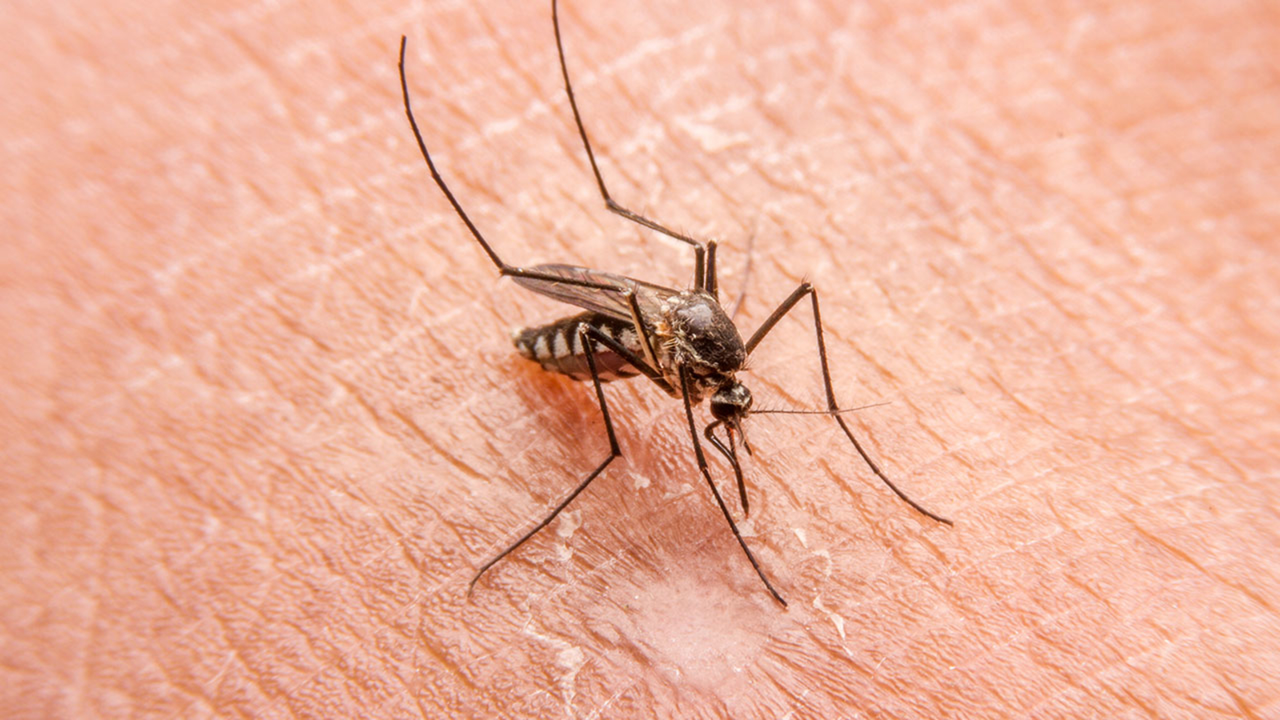
Understanding Insect Bites and Stings
Insect bites and stings are common occurrences, particularly during the warmer months when we spend more time outdoors. They can cause a variety of reactions, from mild irritation and itchiness to severe allergic reactions. In most cases, these bites and stings are harmless and only cause temporary discomfort. However, for some people, they can trigger a severe allergic reaction that requires immediate medical attention. Understanding the source of these bites and stings can help us better manage and treat the resulting skin irritations.
Identifying Common Insects and Their Bites
One of the first steps in treating skin irritations caused by insect bites and stings is to identify the culprit. Different insects can cause different reactions. For instance, mosquito bites often cause small, itchy bumps, while spider bites can lead to pain, redness, and sometimes more serious symptoms. Similarly, a bee or wasp sting can result in intense pain and swelling. By knowing what bit or stung you, you can better direct your treatment efforts and potentially prevent future bites.
Immediate Care for Insect Bites and Stings
As soon as you're bitten or stung, there are several steps you can take to minimize discomfort and reduce the risk of infection. First, if the insect has left a stinger in your skin, like a bee, it is important to remove it as quickly as possible to limit the amount of venom released. You should then wash the area with soap and water. Applying a cold compress can help reduce swelling and ease pain. Over-the-counter creams and ointments can also provide relief from itching and inflammation.
When to Seek Medical Attention
While most insect bites and stings can be treated at home, there are times when it's necessary to seek medical attention. Signs that you should see a doctor include difficulty breathing, swelling of the lips, eyelids, or throat, dizziness, a rapid heartbeat, or hives. These could be signs of a severe allergic reaction, known as anaphylaxis, which is a medical emergency. Additionally, if the bite or sting site becomes increasingly painful or develops signs of infection like redness, warmth, and pus, it's time to get medical help.
Preventing Insect Bites and Stings
Prevention is always better than cure. There are several measures you can take to reduce your risk of insect bites and stings. These include wearing long-sleeved shirts and long pants when in areas with many insects, using insect repellent, and avoiding perfumes or scented lotions that can attract bugs. It's also important to be cautious when eating or drinking outdoors, as food and sweet drinks can attract bees and wasps. By taking these precautions, you can enjoy your time outdoors while minimizing your risk of uncomfortable and potentially dangerous insect bites and stings.
17 Comments
Write a comment
More Articles

Deep Brain Stimulation for Tremor Management: A Comprehensive Guide
In my latest blog post, I've created a comprehensive guide on Deep Brain Stimulation (DBS) for tremor management. This innovative treatment has been proven to effectively reduce tremors in patients with Parkinson's disease and essential tremor. Through a surgical procedure, a device is implanted to send electrical signals to specific areas of the brain, offering relief to those struggling with involuntary shaking. I've included detailed information on the procedure, its benefits, and potential risks to help you better understand this life-changing treatment option. If you or a loved one are experiencing tremors, I highly recommend giving it a read to see if DBS could be the right solution for you.

Sexually Transmitted Infections in the LGBTQ+ Community: Risks and Prevention Strategies
In my recent exploration on the topic of Sexually Transmitted Infections (STIs) in the LGBTQ+ community, I found that this group faces unique risks and challenges. The stigma, discrimination, and lack of understanding can often lead to higher rates of STIs. The key to combating this issue is through informed prevention strategies, which include regular testing, protected sex, and open communication about sexual health. It's crucial that we work towards creating an environment where everyone feels safe and educated about their sexual health. Remember, knowledge is power when it comes to preventing STIs.


Ryan Tanner
July 13, 2023 AT 15:07I just got bit by a mosquito last night and slapped some aloe vera on it. Best thing ever. 🌿✨